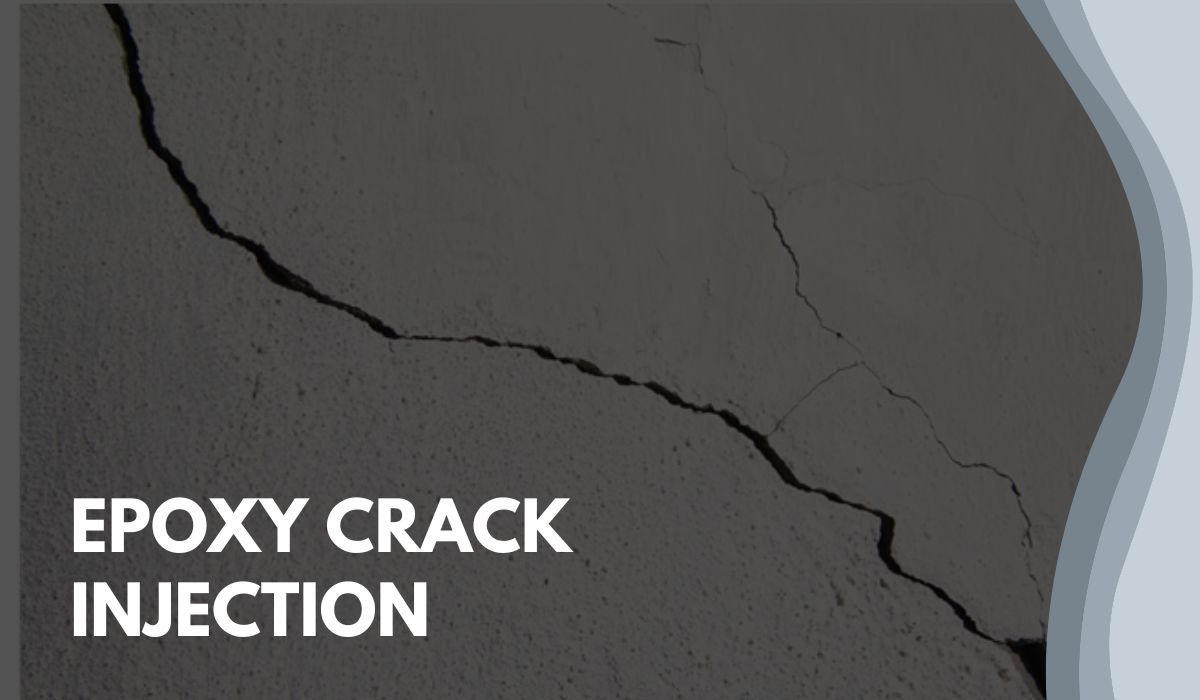
Nothing makes you question the structural integrity of your foundation more than seeing cracks in its walls or floors. Whether you’re a home or business owner, these cracks can not only be unsightly but also potentially dangerous. While there are indeed plenty of options you can choose for structural repair, one method we highly recommend is epoxy crack injection. This process involves injecting a specially formulated epoxy into the crack, which fills and seals it from within.
In this article, we will cover all you need to know about epoxy injections, including the benefits of this method, how it works, what happens during the process, and so much more.
What Is Epoxy Crack Injection and How Does It Work?
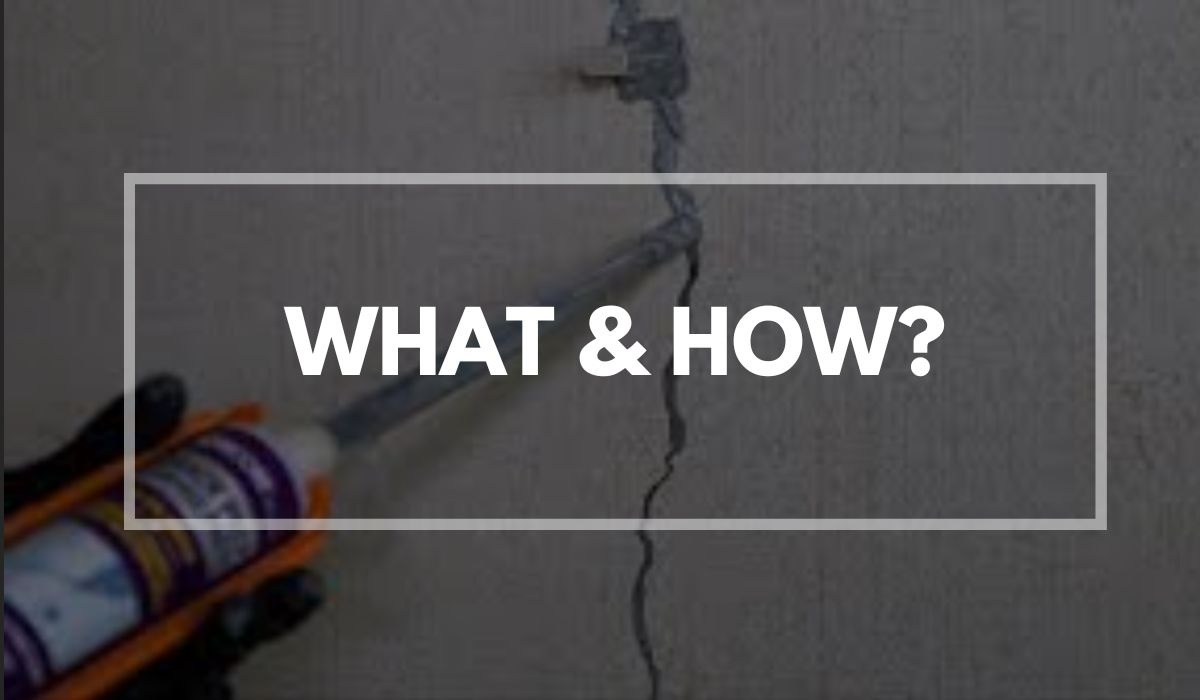
Epoxy crack injection, which is also called epoxy injection is a very effective and efficient method of repairing cracks in concrete structures. It can be used to fix basement leaks, cracked foundations, and concrete slabs.
When used in the right conditions and applied properly, the epoxy crack injection can create a strong and long-lasting bond within the cracks in concrete. This structural repair method involves injecting a liquid epoxy into the crack, which then hardens and seals the crack from water or other substances.
The reason why this method is extremely effective is due to the product itself. Epoxy resin is a very strong and durable material that’s made up of various chemical compounds (monomeric resin, an accelerator, a hardener, and a plasticizer). These components work together to create a highly adhesive material that can withstand pressure and resist cracking.
What Cracks Can Epoxy Concrete Crack Injection Be Used On?
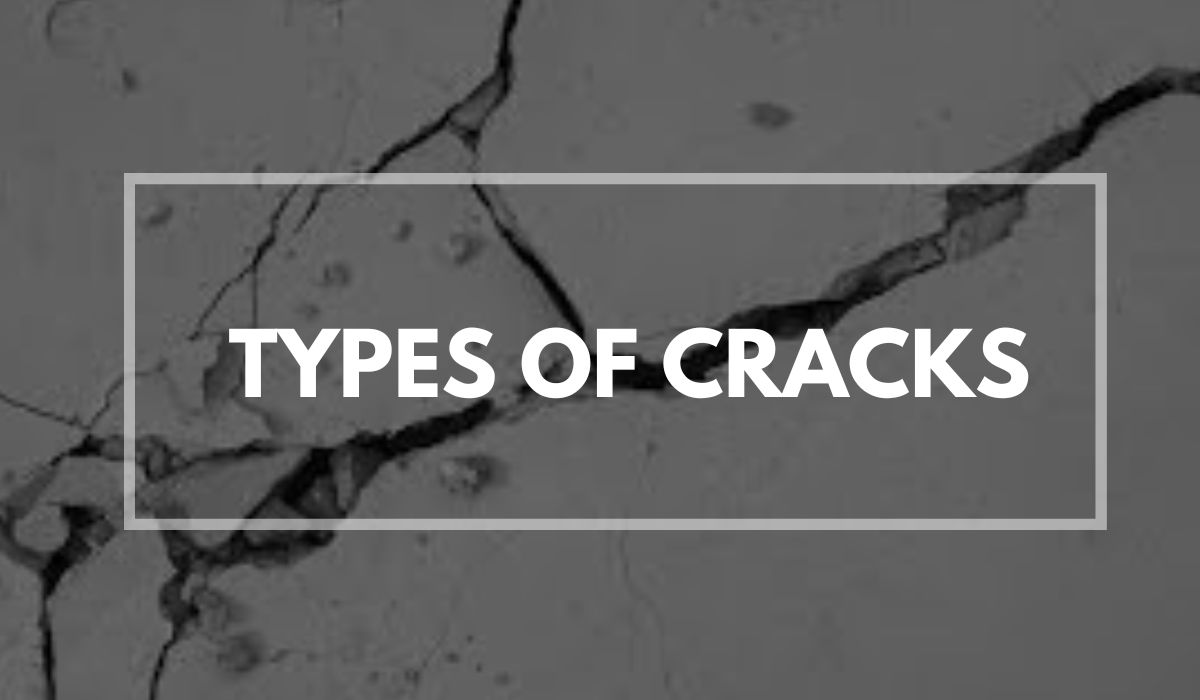
If you notice a crack in your concrete floors or walls, you might be wondering what could have caused it. In most cases, cracks in concrete structures are often due to pressure or stress that the structure wasn’t able to withstand.
These can include:
Changes in the soil or foundation, excessive weight on the structure, temperature fluctuations, and even natural disasters such as earthquakes.
It’s important to be able to pinpoint the cause of the crack, as it can help determine the best course of action for repair.
With that being said, the epoxy crack injection can be used on a variety of cracks in concrete structures, including
- Hairline cracks
- Overhead and vertical cracks
- L-shaped step cracks
- Active (continuously leaking water or exhibiting movement)
- Inaccessible (cracks located behind surfaces like tile or carpet)
In general, epoxy concrete crack injection is utilized to fix cracks in concrete structures ranging in width from 002″ to 3/8″. However, it’s always best to consult with our experts for an accurate assessment of the crack and the most suitable repair method.
The Benefits of Using Epoxy Injection for Structural Crack Repair

You’d be surprised to know the benefits of using epoxy for repairing concrete cracks. Wet or aggressive environments that constantly deal with water and moisture can often result in concrete corrosion and cracks, but with epoxy injection, these can be effectively sealed to prevent further damage.
Some other benefits of using epoxy for crack repair include
Quick and Efficient Repair Process
No one wants to waste time and money on a long, drawn-out repair process for cracks in their concrete structures. But with epoxy crack injection, the process is relatively quick and efficient as it only requires one visit from our team to complete the job.
With just a single application, the epoxy will harden and effectively seal the crack, creating a strong bond with the concrete.
Cost-Effective Solution
If saving money is important to you, epoxy crack injection is the way to go. This method is often more cost-effective compared to other concrete repair options, as it requires minimal disruption and labor costs.
You won’t have to purchase expensive equipment or hire a large team of workers, making it an affordable and budget-friendly solution for fixing cracks in concrete.
Durable and Long-Lasting Results
Not only is epoxy crack injection a cost-effective solution, but it also provides durable and long-lasting results. Even with very thick-walled structures, epoxy can penetrate and seal cracks effectively without the need for additional repairs in the future (given that it was properly applied)
Fine cracks requiring pressures upwards of 50 psi can also be repaired with injection epoxy, ensuring that your concrete structure will be able to withstand various external factors and pressure.
Minimal Disruption
The application won’t be noisy, dusty, or messy, making it an ideal solution for repairing concrete cracks in residential and commercial buildings without causing disruption to daily life. Peace of mind and convenience are important factors to consider when selecting a repair method, and epoxy crack injection offers just that.
Prepping Concrete Surface Before Repairs
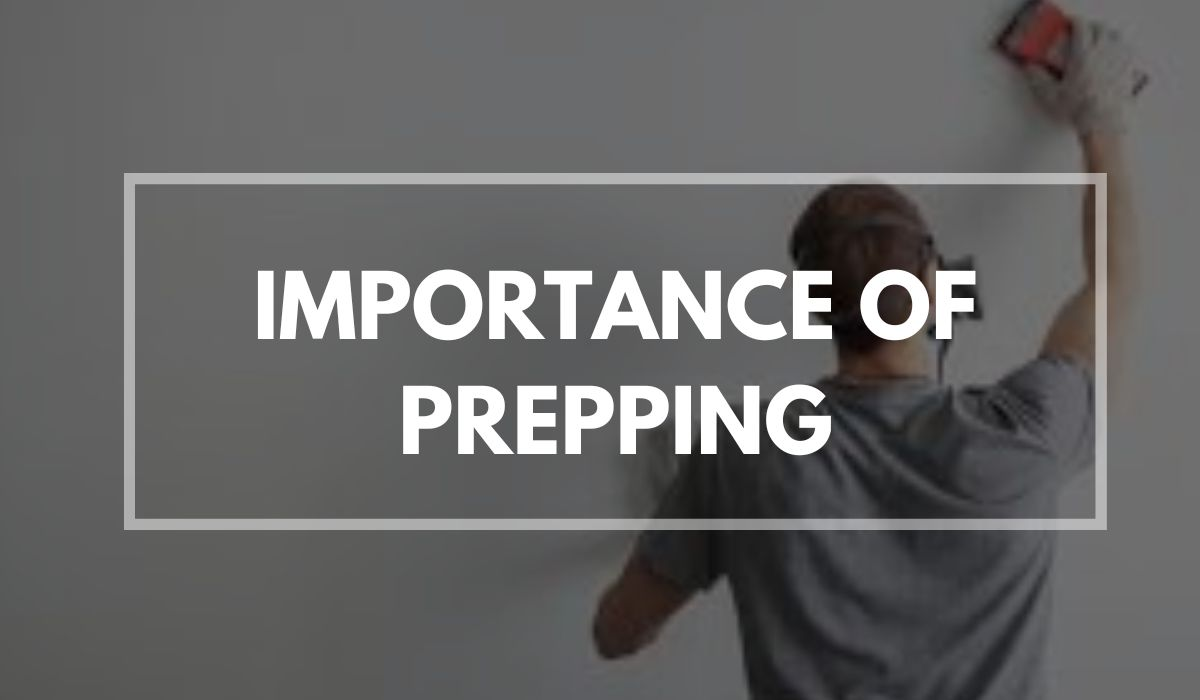
Before you can begin the epoxy crack injection process, it’s important to properly prepare the concrete surface. This includes removing any dirt, debris, and moisture from the area before proceeding with the repair.
Failing to properly clean the surface can result in a weak bond and ineffective seal. The reason for this is that any contaminants can prevent the injection of epoxy from fully adhering to the concrete.
It’s also important to ensure that the surface is dry before beginning the repair process. Moisture trapped under the epoxy can result in a weak bond and potential future cracking or strength issues
To clean and dry the surface, use a wire brush or power grinder to remove any loose debris. Then, thoroughly clean the area with a degreaser and let dry completely before proceeding with the epoxy injection.
Epoxy Crack Injection Process
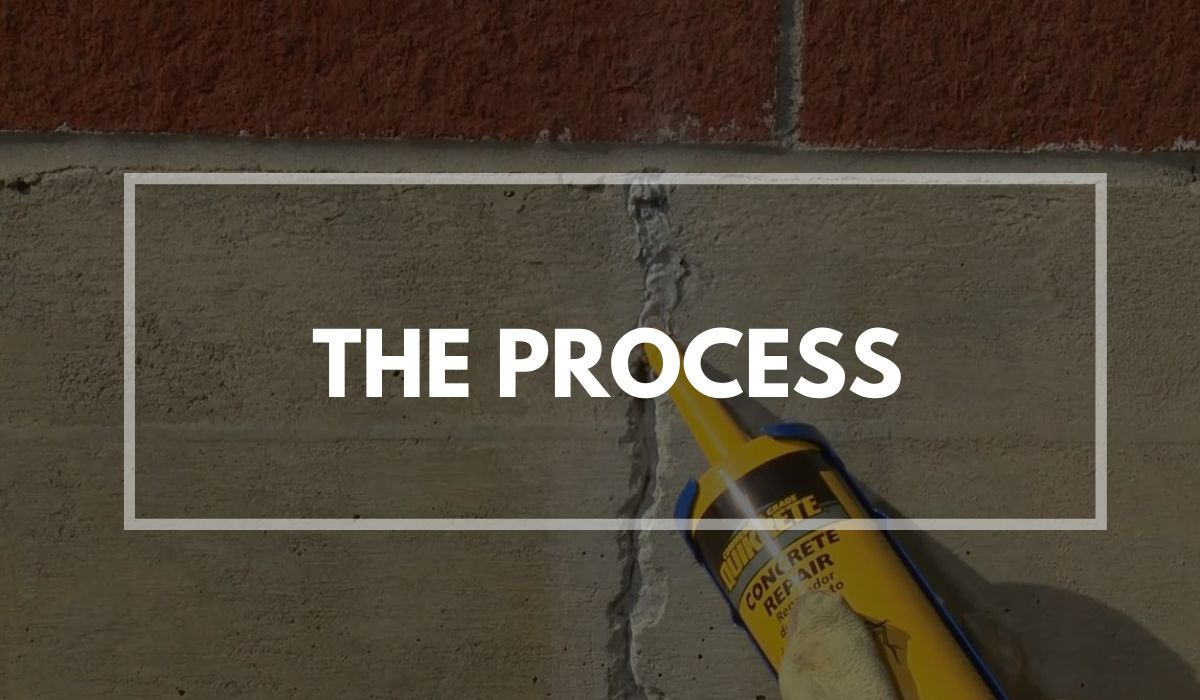
To give you a better understanding of how the application of epoxy injection works, here is a brief overview of the steps involved in the process. The steps should be performed once you’re done prepping the surface.
Step 1: Install Injection Ports
Surface injection ports are short, temporary, plastic tubes that are inserted into the crack at intervals to allow for the even application and distribution of epoxy within the crack. This eliminates the need to drill holes into the concrete and helps ensure that the crack is filled entirely and evenly.
They are installed by inserting them into the crack and securing them with a hammer or tapping block, then removing any excess material that may be blocking the ports. The injection ports should be spaced an inch apart for every inch of wall thickness.
Step 2: Pressure Test
Before the epoxy can be injected, it’s important to pressure test the crack to ensure that it’s ready for repair. This helps to determine the level of pressure needed for effective crack sealing and identify any potential problems with the crack or concrete structure.
Low-pressure injection is recommended for fine cracks, while high-pressure injection is necessary for cracks in very thick wall structures. Once the appropriate pressure is determined, it’s time to inject the epoxy.
Step 3: Inject Epoxy
Using a specialized injection pump, the epoxy resin is slowly and evenly injected into the crack through the ports. The epoxy should be filled until it starts to ooze out of the ports, indicating that the crack is filled completely.
Step 4: Remove Ports
Once the epoxy has fully cured, the ports can be easily removed by using a chisel or screwdriver to break them off flush with the concrete surface. 24-48 hours is the ideal waiting time before removing the ports, as the epoxy needs enough time to properly cure and harden.
Step 5: Final Inspection
To ensure that the crack has been repaired effectively, a final inspection should be done. This involves checking for any excess epoxy on the surface of the concrete and examining the cracks to see if they have been properly sealed.
Why Is Low-Pressure Injection Recommended By Experts?
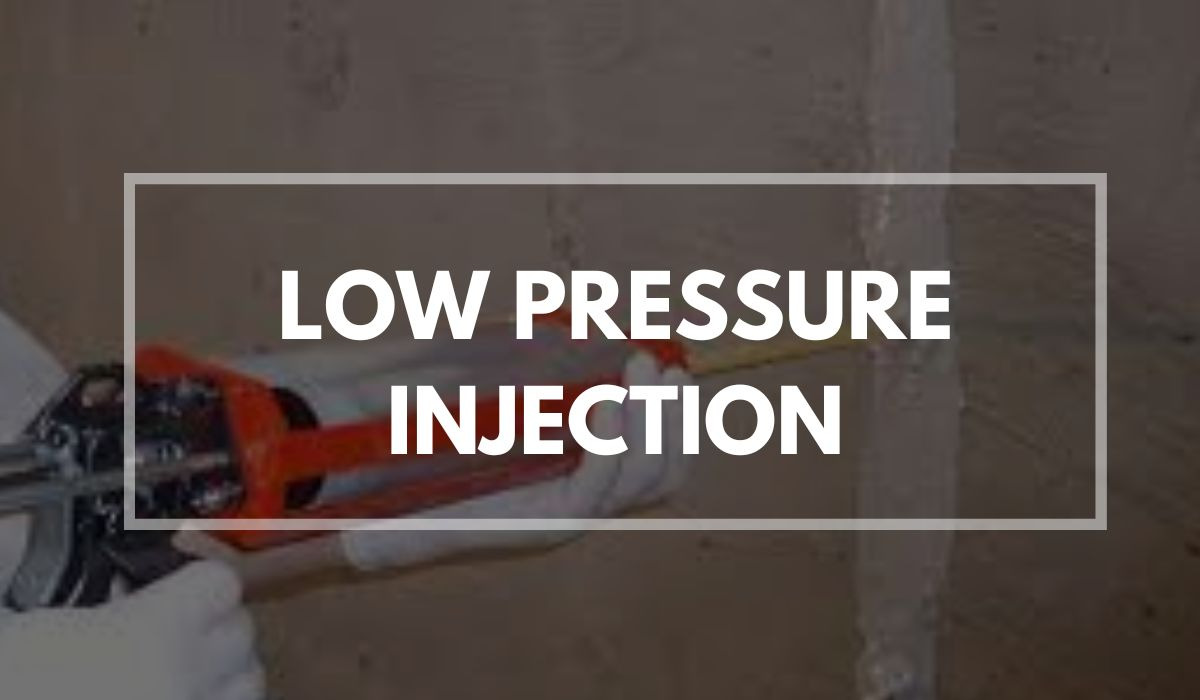
The key to effective crack injection is to apply the adhesive into the crack gradually at low pressures (20 to 40 psi) While low-pressure crack injection requires a lot of patience, it ensures that the adhesive can seep deep into the crack, filling it completely and bonding with the concrete to create a strong seal.
High-pressure injection (greater than 80 psi) can force too much epoxy into the crack at once, causing it to overflow and not fully adhere to the cracked concrete walls. This may result in future cracking and weakening of the repair.
Dual component injection electric pumps can even be used to apply low pressure at a slow and steady rate, making the structural crack repair process even more efficient and effective
Conclusion
This article has provided a brief overview of the epoxy injection process for concrete structures. Proper preparation and pressure testing are crucial steps to ensure successful repair, with low-pressure epoxy injection being recommended for achieving optimum results.
With the right tools and techniques, you can effectively seal cracks and prevent future cracking or strength issues. For better long-term results, call our professionals for specialized reliable crack injection services. We can provide a thorough inspection and recommendation for the best solution for your concrete structure!



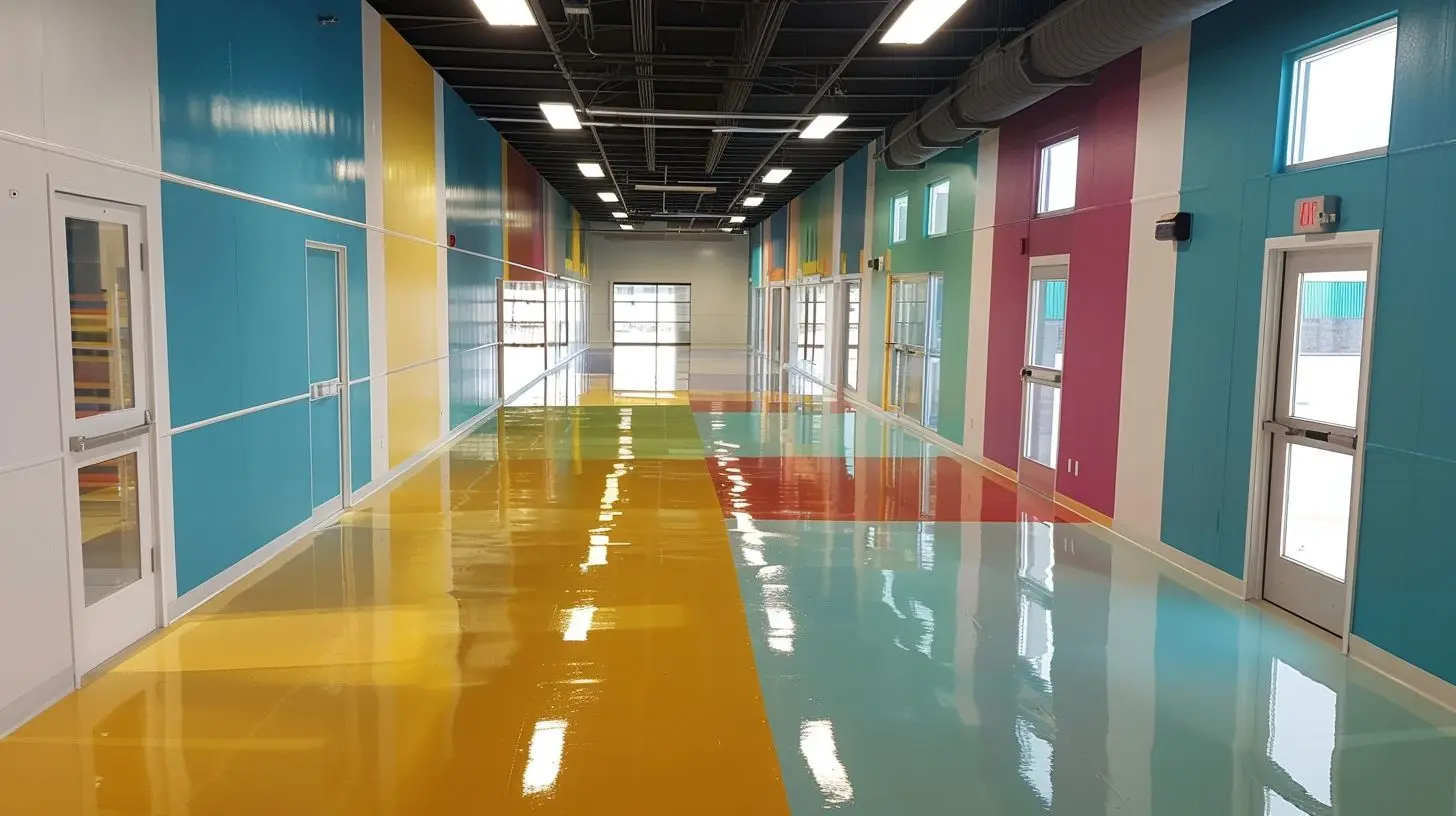
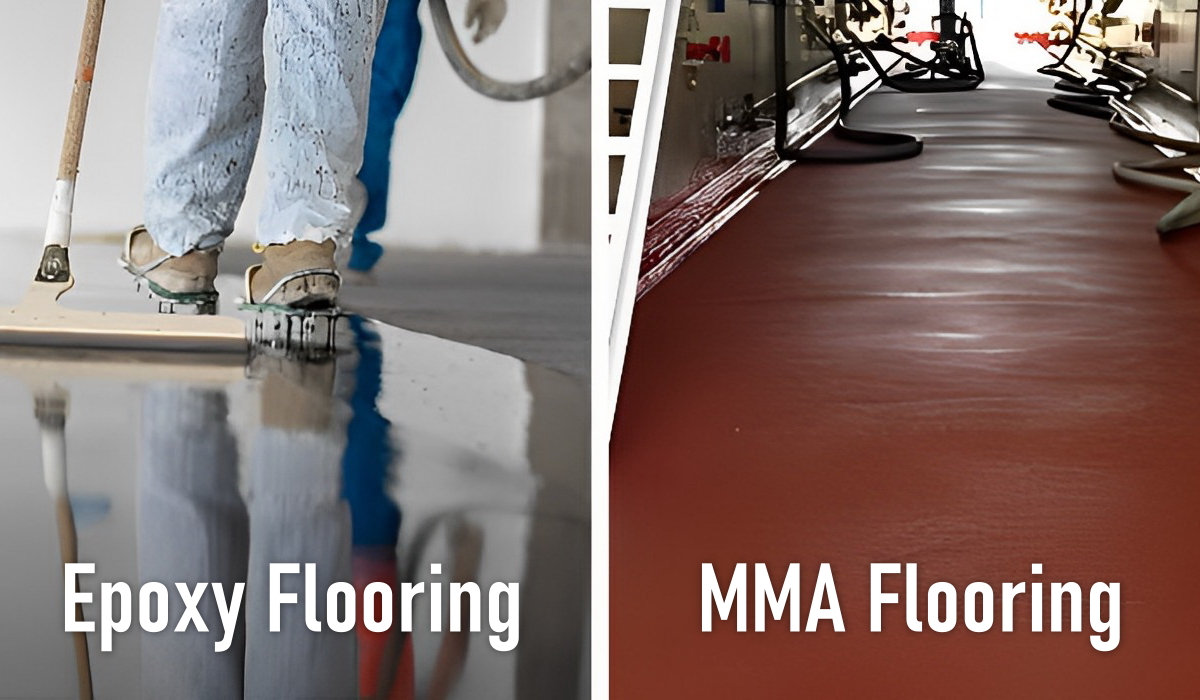
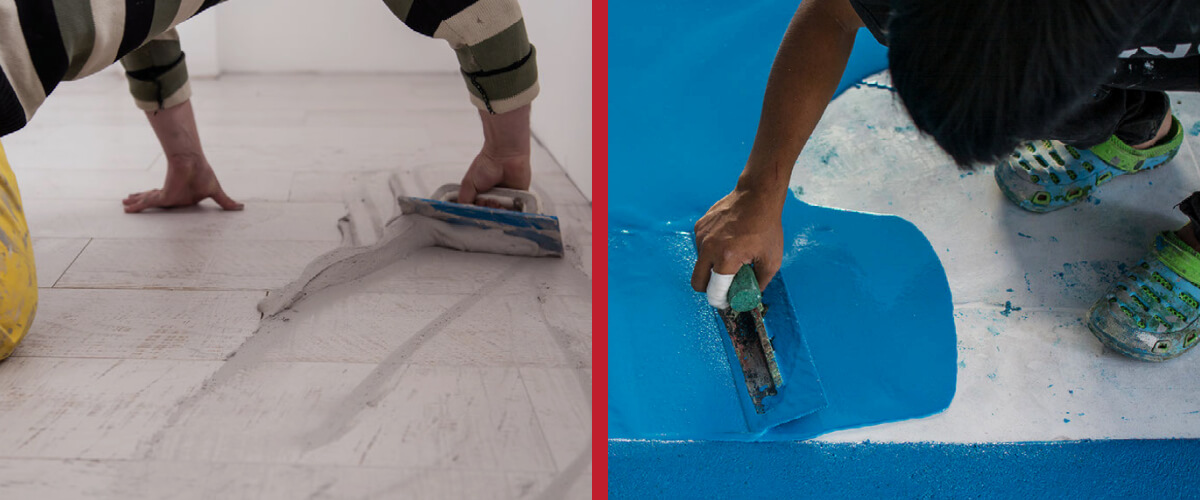
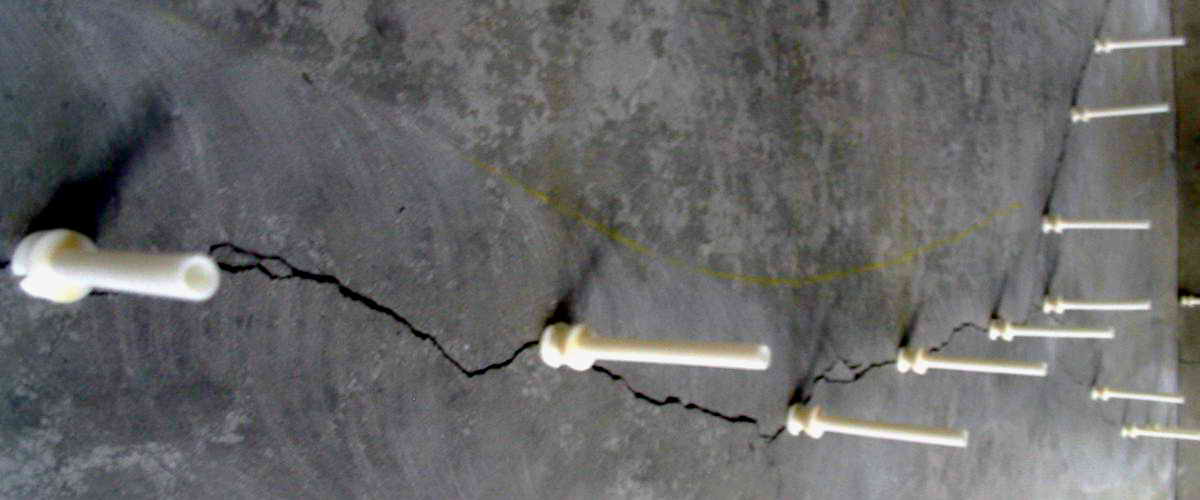
Leave A Comment